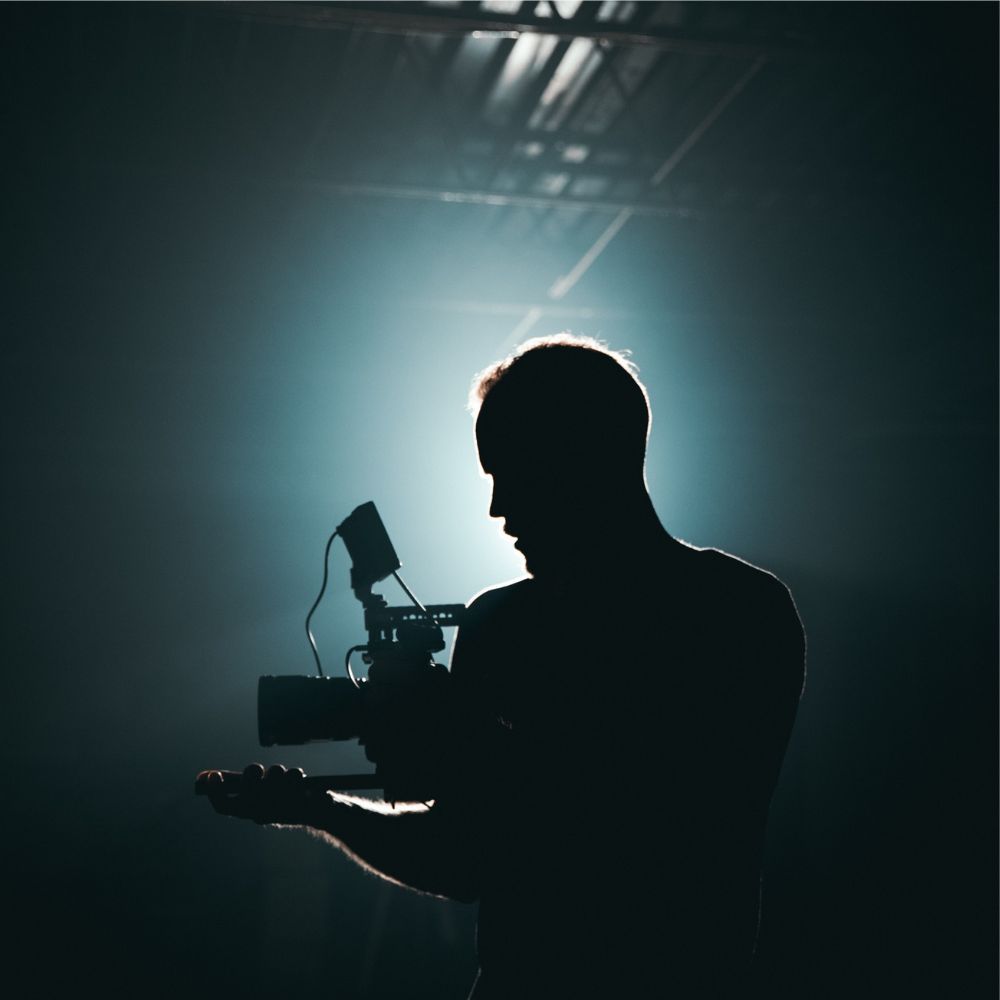Finding the Best Ribbon Mic for Your Recordings
Learn the features to look for and how to choose the best ribbon mic for your budget and situation, along with our Top 5 recommendations!

As musicians and sound engineers, we're always on the lookout for the perfect microphone that can deliver the best sound quality possible in a given situation. One type of microphone that is always in the discussion is the ribbon mic.
Ribbon microphones, also known as ribbon mics or ribbon velocity microphones, use a thin strip of metal (usually aluminum) suspended between two magnets to capture sound. This design allows for a more natural sound for vocals compared to condenser microphones, and the smooth, warm tone makes them particularly well-suited for recording acoustic instruments, such as guitars and drums.
In this article, we'll be discussing the best ribbon mics available in the market and provide helpful suggestions based on our personal experience.
Overview of the Ribbon Mic
The history of the ribbon mic can be traced back to the early 1920s. These microphones were primarily used in radio broadcasting and also found their way into the recording studios of that era. The ribbon microphone was a new invention that offered a completely different sound compared to the dynamic and condenser mics used at the time.
The ribbon microphone consists of a thin piece of metal suspended between magnets. The ribbon, made of aluminum or other metals, is so thin that it can vibrate with the sound waves passing through it. One side (the front side) of the ribbon is sensitive to sound waves, while the back side is immune. Ribbon mics require a dedicated preamp with a high-impedance input, and their output level is typically lower compared to other microphones.
One of the great advantages of the ribbon microphone is its exceptional frequency response. They are most commonly used for recording acoustic instruments such as the guitar and have been well regarded for their sound quality. The ribbon mic locker can help you get the right mic for the job, as different microphones will sound better for different instruments.
Over time, ribbon mics have been influenced by gear advancements and changes in manufacturing techniques. Now, stereo ribbon mics have become more popular, and there are many manufacturers who produce high-quality ribbon-style microphones, and allowing users search for the right one to suit their needs.
Some ribbon mics are now made to be compatible with different recording techniques, ensuring a high-quality recording is captured. A pair of these microphones can offer wonderful stereo sounds as well, making them perfect for recording in a stereo field.
In conclusion, the history of ribbon microphones has been a long and evolving process. Despite being around for nearly a century, they remain popular and are still used today. Its unique design and exceptional sound quality make it the preferred choice for those looking for a different recording experience.
Buyers Guide for Ribbon Mics
When searching for a ribbon mic, consider the following factors:
Price: Ribbon mics can range from affordable to high-end. Determine your budget and find a mic that fits within it.
Polar Pattern: Most ribbon mics have a figure-8 polar pattern, but some models offer a hypercardioid polar pattern, which can help reduce room noise and focus on the sound source.
Frequency Response: Different ribbon mics have varying frequency responses. Choose one that suits your recording needs.
Active Electronics: Some come with active electronics, providing a quick transient response and higher output levels.
Top 5 Best Ribbon Mics
Royer Labs R-121
This ribbon mic is known for its warm sound and excellent frequency response. It's great for recording vocals, guitars, and brass instruments.
Golden Age Project R1 MKII
An affordable option, the R1 MKII provides a smooth, warm sound and works well with acoustic instruments.
Cloud Microphones JRS-34
This mic offers a brighter sound, making it suitable for drum overheads and other instruments that require more presence.
Audio-Technica AT4081
This active ribbon microphone has a less proximity effect, making it perfect for close-miking instruments.
AEA R84
The R84 is compatible with a wide range of instruments and delivers a natural, smooth sound.
Affordable Ribbon Mics for Beginners
If you're just starting out and looking for an affordable ribbon mic, consider the Golden Age Project R1 MKII or the MXL R144.
Using Ribbon Mics for Acoustic Instruments
- Ribbon mics work exceptionally well with acoustic instruments. They can capture the natural sound of an acoustic guitar, the punch of drums, and the brilliance of brass instruments.
Tips for Getting the Most Out of Your Ribbon Mic
- Experiment with mic placement to find the best sound.
- Use a stereo pair for room miking or drum overheads.
- Be cautious when handling ribbon mics, as the ribbons can be delicate.
FAQs About the Best Ribbon Mics
What is the difference between ribbon and condenser microphones?
Ribbons use a thin metal strip to capture sound, while condenser mics use a diaphragm and require external power.
Are ribbon microphones good for vocals?
Yes, they can provide a natural, smooth sound for vocals.
Can I use a ribbon mic for live performances?
While ribbon mics are typically used in studio settings, some models can be used for live performances if handled carefully.
Do ribbon mics require phantom power?
No, ribbon mics do not require phantom power and can be damaged by it. However, some active ribbon mics have built-in preamps that need phantom power.
How do I take care of my ribbon microphone?
Store the mic in a protective case, avoid exposing it to moisture or extreme temperatures, and handle it gently to prevent damage to the ribbon.
Can I use a ribbon mic for podcasting?
Yes, a ribbon mic can be a great mic for podcasting, providing a warm, natural sound.
Are ribbon mics suitable for recording drums?
Absolutely! Ribbon mics can capture the punch and detail of drums, particularly when used as overhead mics.
What is the proximity effect in a ribbon mic?
The proximity effect occurs when a microphone captures more bass frequencies as the sound source gets closer to the mic. Ribbon mics typically exhibit this effect, but some models have a less pronounced proximity effect.
How does the polar pattern affect the sound of a ribbon microphone?
A figure-8 polar pattern captures sound from both the front and rear of the microphone, while a hypercardioid polar pattern focuses more on the sound source and reduces room noise.
Can I use a ribbon mic with an audio interface?
Yes, you can connect a ribbon mic to an audio interface using a suitable XLR cable. Ensure that phantom power is turned off if your ribbon mic does not require it.
Summary of the Best Ribbon Mics
In conclusion, ribbon mics are a fantastic addition to any studio gear list. They offer a unique, warm sound that can enhance your recordings and provide a professional touch. Consider factors such as price, polar pattern, and frequency response when choosing the ideal ribbon mic for your needs. Once again, here are our favorites:
Best Overall: Royer Labs R-121
Best Budget Option: Golden Age Project R1 MKII
Best for Overhead: Cloud Microphones JRS-34
Best for Close-Miking: Audio-Technica AT4081
Best for Versatility : AEA R84
Thanks for checking us out, and keep rockin'!
*FYI, when you make a qualifying purchase through one of our links, we might receive a small commission from Amazon or other retailers, at no additional cost to you, which helps us to fund this site. It's a way to find what you're looking for while supporting us in the process!





